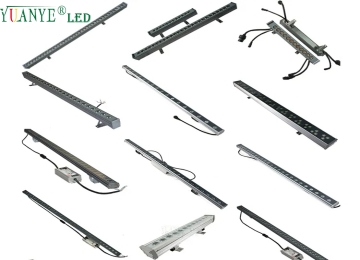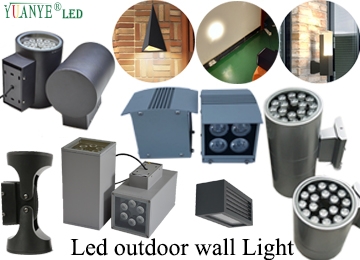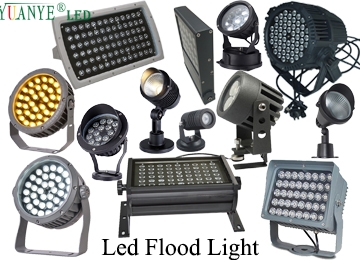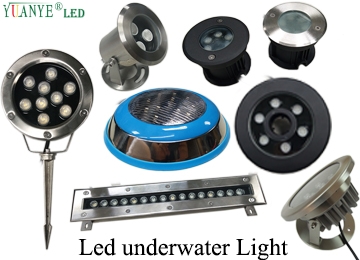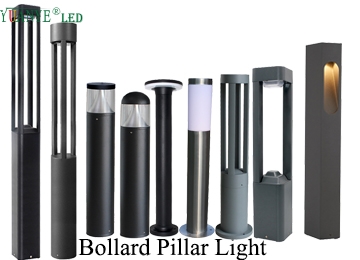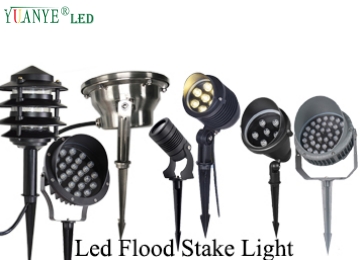Earth Day 22nd April 2024:LED Lights are good for earth environment as green energy

Climate action → Restore Our Earth → Invest in Our Planet → Planet vs Plastics
Earth Day History
Earth Day was founded in 1970, and it is the holiday's 50th anniversary. Sometimes the holiday is celebrated the whole week, and it is called Earth Week. Senator Gaylord Nelson is one of the originators and inspired by the protests of the 1960s, Earth Day began as a “national teach-in on the environment” and was held on April 22 to maximize the number of students that could be reached on university campuses. By raising public awareness of pollution, Nelson hoped to bring environmental causes into the national spotlight.
In the 1960s, Americans were becoming aware of the effects of pollution on the environment. Rachel Carson's 1962 bestseller Silent Spring raised the specter of the dangerous effects of pesticides on the American countryside. Later in the decade, a 1969 fire on Cleveland’s Cuyahoga River shed light on the problem of chemical waste disposal. Until that time, protecting the planet’s natural resources was not part of the national political plan, and the number of activists devoted to large-scale issues such as industrial pollution was minimal.
This helped change how we talk about the environment and bring awareness to the environment yearly. However, we need to think about the planet every day, not just on April 22nd. The day hasn't always been the same, and it hasn't definitely changed during the time of social media.
Nowadays, April 22nd is Earth Day, which is a great opportunity to educate our citizens, young and old, on the green technologies available to them. Different green technologies can reduce environmental footprints and energy usage, and create a more sustainable world for everyone.
LED Lights are good for earth growth
Compare the traditonal bulbs with led chips and bulbs
Turn off the light when you leave a room, or better yet, make the switch to LEDs! Old fashioned incandescent bulbs draw large amounts of power relative to their light output, which increases demand on power plants, and increases the amount of coal which needs to be burned across the nation. Other bulbs like CFL’s contain mercury and need to be disposed of properly to avoid contamination. By comparison, LED lights contain no toxic elements. Most offices currently use fluorescent strip lights which contain noxious chemicals such as mercury. This will contaminate the environment when disposed of in landfill waste. Disposal has to be arranged through a registered waste carrier so switching to LED avoids the cost and time implications required for compliant disposal – and helps to protect the environment from further toxic waste
They use far less energy than other light sources, and have a longer life span. Because of these factors, the use of LEDs helps to reduce both emissions, and waste. While incandescent bulbs release 90% of their energy as heat and CFLs release about 80%, LEDs emit very little heat and run significantly cooler, helping to reduce the energy used in lighting and cooling. Remember the small choices we make everyday will ultimately have a lasting impact on our future!
LED Products and Applications
LED lighting is available in a wide variety of outdoor or indoor products, and the list is growing every year. The rapid development of LED technology has resulted in increased product availability. Below are some of the most common types of LED products.
LED Lighting Applications
LED are highly efficient and cost effective, making them ideal for a variety of applications. They are commonly found in:
-Industrial settings such as warehouses, parking lot, garages, and factories.
-Outdoor spaces like bridges, riverbank, garden, roads, street lights, parking garages, corridor, tunnels and walk ways.
-Commercial areas such as squares, shopping centers, restaurants, office buildings, and hotels.
-Residential areas like recessed down lights, kitchen cabinet lighting, and even decorative wall sconces and task lighting.

Overall, led lights are more beneficial to our enviroment. The characteristic of led lights are smaller carbon footprint, energy efficient, reduce light pollution, long life and without harmful chemicals. It's friendly to our earth environment.

Shenzhen Yuanyeled Co.,Ltd. is a professional company, was established in 2011 based in Shenzhen, China with over 10-year experience in LED lighting industry starting with LED encapsulation.
CONTACT US
Email: rice@yuanyeled.com
Tel: +86-19925346944
WhatsApp: +86-19925346944
ADD: Floor 8th, building 8, Langxia third industrial zone, Songgang town, Baoan district, Shenzhen city, China.













